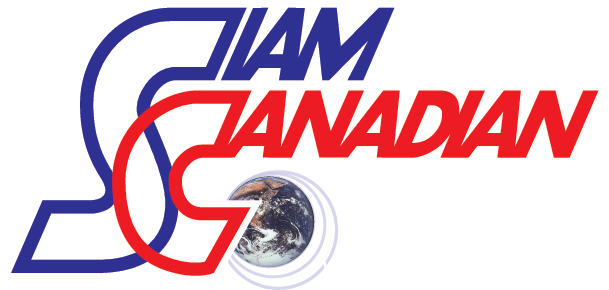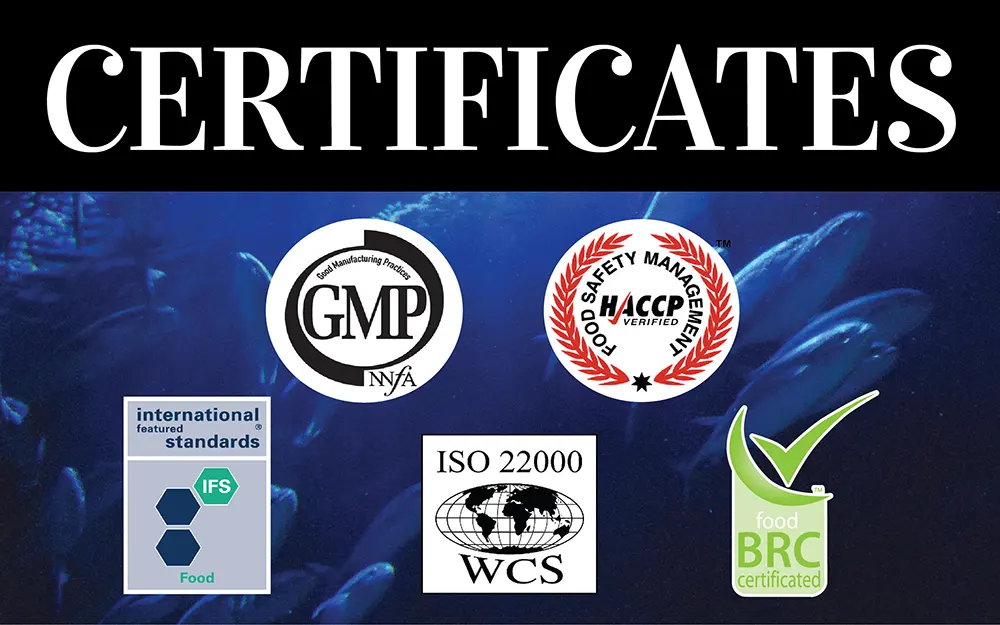Supply chain will absorb US shrimp duty increases : May 30, 2013
Tom Seaman – Undercurrent News
US consumers are unlikely to significantly feel the impact of the countervailing duties on imported shrimp, with most Undercurrent News sources feeling the supply chain will absorb the costs. On Wednesday, the US Department of Commerce (DOC) announced the preliminary duty rates for shrimp countervailing duties verbally to the parties. The final rates will be announced in August, but the current levels will apply until then.
Vietnam took a higher than expected hit, at 5.08% and 7.05% for the two companies in question, with a country rate of 6.07%. This is seen as one of the major surprises of the announcement, along with Indonesia ‘de minimus’, i.e. zero duties.
With the exception of Malaysia, which has been hit very hard, the duty rates are all fairly low.
Malaysia is a small player in sales to the US market, with big players, Thailand, Ecuador and Indonesia, getting fairly light or de minimus duties. Thailand’s Marine Gold is also rated duty free.
The other Thai importers will have 2.09% duty, which could be adjusted down.
“Overall, not much impact,” said Jim Gulkin, managing director of Siam Canadian Foods, a Bangkok, Thailand-based frozen seafood supplier, when asked about the impact.
“Indonesia and Ecuador are the lucky ones,” he told Undercurrent.
The 2.09% [duty for Thailand, aside from Marine Gold Products, at de minimus] “means further challenges for Thailand, considering the current raw material situation”, he said.
“With improved landings in the future, it should be pretty much manageable. Plus, there is a good chance for de minimis, after the final determination in August.”
Who will carry the cost?
A source with a US importer feels the cost won’t get passed to consumers.
“As far as the [market] impact, it is hard to tell at this point, but my guess is that the impact will be relatively minimal,” said this source.
“These duties will get absorbed in the supply chain,” he said, a viewpoint echoed by other importers in the US, as well as suppliers around the world canvassed by Undercurrent.
“If the packers are not willing to offer DDP [direct duty paid] then the importers who must pay the cash deposits on shipment arrivals will have to negotiate some reasonable ‘relief’ from their suppliers,” he said.
The duty responsibility lies with the producers who were subsidized by their government in one way or another, said the source.
“Why should the US importer and eventually the consumer be penalized for something they had no involvement or participation in?” he said.
“I think we need a little time for all this to get sorted out. One thing is for sure, the market will eventually dictate how much of these duties can be passed onto the consumer,” he said.
“At the end of the day, the burden of these duties may fall back on the farmers and packers who may very well have to absorb the rates in price negotiations. We shall see.”
Costs tend to go upstream
“Let’s see who will assume cost,” said the managing director of one Ecuadorian exporter, pleased with the implications for demand for his products.
“Someone has to pick up the tab, so either the exporter or the importer or end-user,” he told Undercurrent.
The top executive with another Ecuadorian exporter feels the cost is likely to go upstream.
“I believe it will increase demand from Ecuador and, to a certain level, could affect price, on a limited basis,” he said.
The last time anti-dumping duties were imposed, “at first the market did show some effect and then it adjusted and farmers ended up paying for it”.
“This additional duty at this point would certainly create an additional burden. That is not good for the India shrimp industry, which has been rapidly growing due to the adoption of white shrimp farming.
“The farmers would be the ones who would be the most impacted as farming costs recently have increased quite a bit due to increased inputs,” said Sree Atluri, an executive with India’s Devi Seafoods, which has a 5.72% duty, compared to 5.91% for other Indian companies.
Already priced in?
The duties will have “minimal impact”, said a source in Honduras, a country not involved in the case.
“Some of this was already priced in. Since these duties were somewhat retroactive, people have been pricing as if this had happened. To not do so, was to expose yourself as an importer,” he told Undercurrent.
Another source, with a large US importer, said the impact on pricing is going to take a while to sort out.
As far as the duties being “priced in”, it really isn’t that simple, he said.
“Packers that have been shipping DDP have been factoring the countervailing duties into their offers, while importers assuming duty risk need to navigate through the situation differently,” he said.
“For the near term, the market here is going to take time to reflect the melting pot of duties into actual ‘market’ pricing even though CNF [cost and freight] arrivals will reflect duties next week, so the next 90 days will present some challenges.”
Vietnam, Indonesia ‘surprises’
The de minimus rating for Indonesia and the higher than expected proposed duty level on Vietnam were “a couple of surprises” in the levels, said one executive with a large US shrimp importer.
Indonesia “was a positive surprise”, Vietnam not so, he told Undercurrent.
“It is great news for Indonesia. It gives a level playing field with the Indians, though it’s all depends on final determination in August or September, when the final rate is published,” said an executive with an Indonesian supplier.
“From the beginning, the CVD shouldn’t be processed further, as it will hurt American consumers. I guess this part of the story should be exposed more,” he told Undercurrent. “We are relieved, hopefully DOC continues to be sensible and make the right decision.”
Vietnam at 6.07% will be a challenge as they are facing the same raw material constraints as Thailand, said a Thailand-based supplier, referring to the impact of EMS on the industry.
“I would guess they will focus more of their exports to Europe,” he told Undercurrent.
The rating of China’s Zhanjiang Guolian Aquatic Products at 5.76% was a “surprise”, he said.
“This likely will be manageable for them for the US market, assuming China does not face big shortages on raw material. This keeps them in the game.”
The 5.91% for India “somewhat levels the playing field, but is hardly going to put them out of the US market”.
Malaysia is the only one whose determination puts them out of business as far as the US market is determined, he said. “They will probably sell more to China.”
Source:

Contact us s for more formation:
Email: info@siamcanadian.com



